
Few flowers are as iconic as the Phalaenopsis orchid. Also known as the moth orchid, this plant with its rounded petals and tall, arching flower spikes is no stranger to controversy it is considered by many to be a challenge to grow.
How many times have you heard someone say, “I just can’t keep orchids alive”? If you’ve ever bought an orchid for your mom on Mother’s Day, chances are you’ve heard something similar at least once.
But the truth is orchids aren’t as difficult to care for as people think. They’ve just fallen victim to myths that have alienated houseplant growers over the years. Let’s go over some of the biggest myths surrounding orchid growing, and how to ensure your orchids don’t end up in the compost.
TO WATER YOUR ORCHID, JUST LAY AN ICE CUBE ATOP THE GROWING MEDIUM.
Let’s start with arguably the biggest myth in orchid care. No, do not water orchids with ice cubes. Why not? Because over time, this watering method can damage roots.
Think about it: Most orchids grown in the home are varieties that live in environments where freezing is uncommon—rainforests and subtropical regions. This applies to epiphytic types, such as those in the genera Phalaenopsis, Dendrobium, Oncidium and, most of all, Cattleya and Vanda.
Cattleyas and vandas are particularly vulnerable to ice water, as they are hot growers. These orchids are known among orchid enthusiasts for having sensitive roots that are fragile and a bit temperamental, so it’s best to avoid sticking ice cubes in their pots or baskets.
This story is from the November - December 2023 edition of Horticulture.
Start your 7-day Magzter GOLD free trial to access thousands of curated premium stories, and 9,000+ magazines and newspapers.
Already a subscriber ? Sign In
This story is from the November - December 2023 edition of Horticulture.
Start your 7-day Magzter GOLD free trial to access thousands of curated premium stories, and 9,000+ magazines and newspapers.
Already a subscriber? Sign In

Pot It Up
Shake up the containergarden with theseNorth America –native perennials

THE GARDEN PATH TO PERDITION
I WAS CRUISING RIGHT ALONG, feeling okay about myself, when I came across a list of the Seven Deadly Sins.
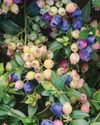
A Productive PATIO
Tiny fruit, vegetable and herb plants help gardeners maximize any sort of growing space
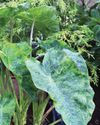
TROPICAL FUSION
A FUSS-FREE APPROACH TO USING BOLD TROPICAL PLANTS IN ANY TEMPERATE GARDEN

WINTER READING
Pass the time with any of these inspiring books
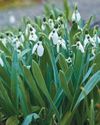
SENSING A PATTERN
Greg Coppa reflects on an odd weather year and what continued warming may mean for his Rhode Island garden
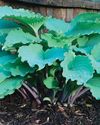
TOP-PRIZE PERENNIALS
A foliage masterpiece for shade and a late bloomer for sun

MARK WESSEL
What's new for fruit and vegetable gardeners?
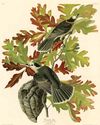
KINGS OF THE NORTHERN FORESTS
A look at the trees, shrubs and perennial plants that bolster life in Ecoregion 5

PROJECT FEEDERWATCH
Gardeners can help scientists know just where the birds are in winter